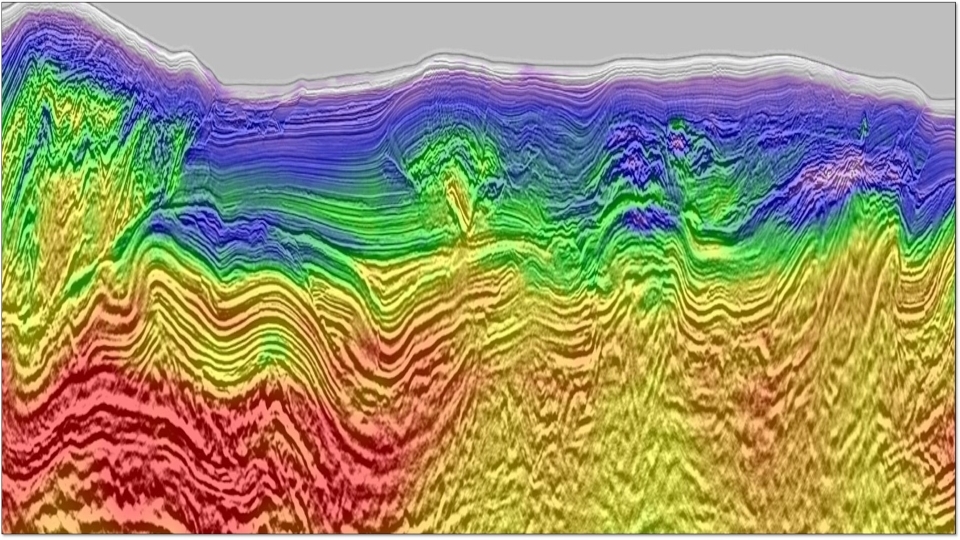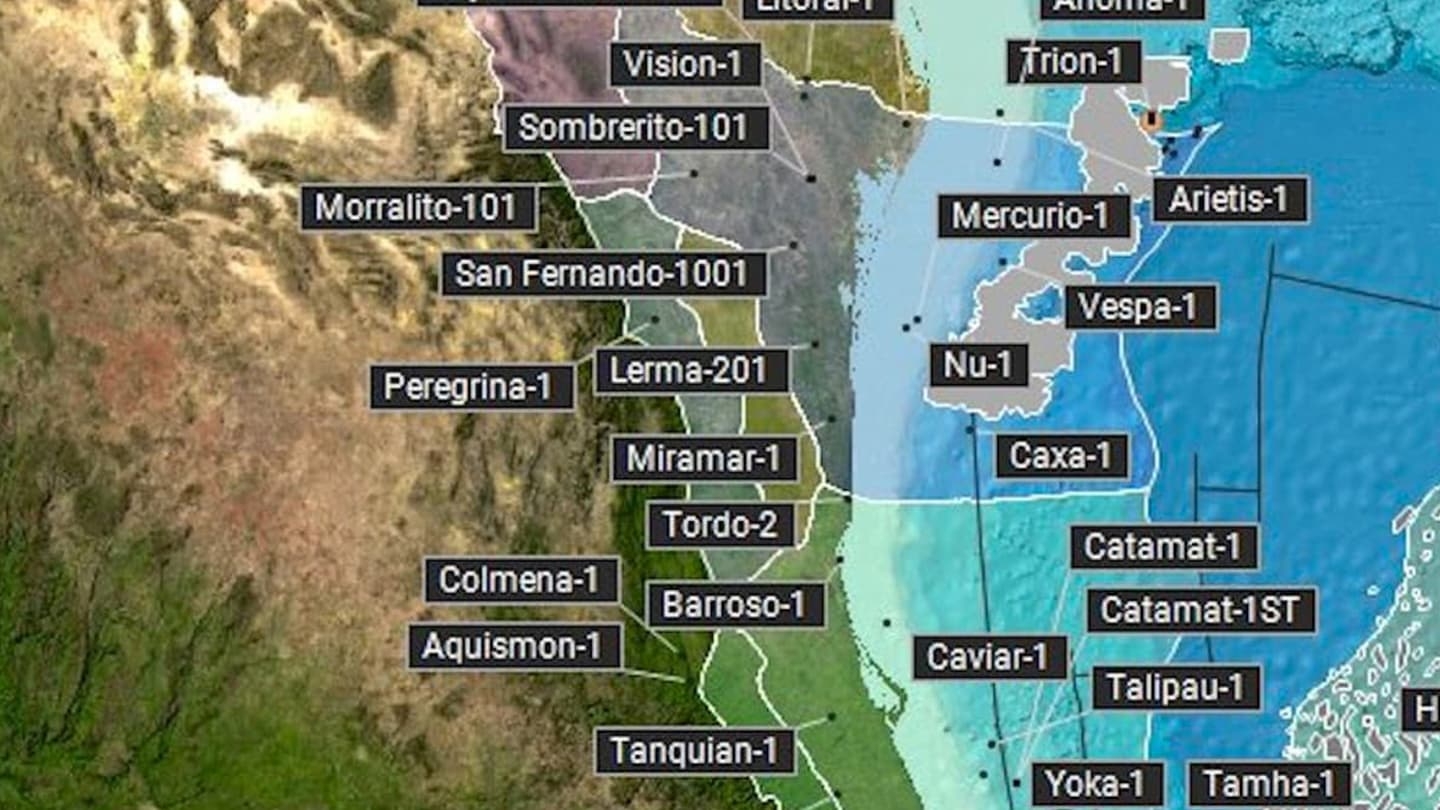Industry Article
Overcoming the challenges of a shallow-water sparse wide-azimuth survey to improve deep reservoir imaging in the East China Sea
Back to Technical ContentA new broadband Wide-Azimuth Towed-Streamer (WATS) survey was acquired in a shallow water region of offshore China to better resolve reservoir compartments. Two side boats were added as additional source boats to form the WATS acquisition geometry to resolve the shortcomings of narrow-azimuth acquisition along strike direction. This WATS acquisition is much sparser than common WATS surveys in deep water environments due to only one-side WATS configuration. The combination of sparse acquisition, shallow water and deep targets imposes challenges on how to optimally utilize the side-gun data as the key adding on to improve the final image. The 3D effect and severe aliasing expected in the Crossline direction pose tremendous difficulties for side gun data processing. A comprehensive flow for resolving these challenges especially in deghosting, demultiple and regularization for sparse and shallow wide-azimuth data is presented in the paper. A tilted orthorhombic (TORT) velocity model is also built with better constraints from the wide azimuth information for better fault positioning and imaging. Side gun data clearly enhances the final target reservoir imaging and better ties with the well due to better illuminations. A new channel is discovered based on the interpretation from the inverted Vp/Vs ratio, which clearly explains the previous misleading prediction that an exceptional well was drilled to a thinner and shallower channel not connected to the main reservoir.
Download Resource 
Publications
The Leading EdgeAuthors
Peipei Deng, Yongdeng Xiao, Srujan Poonamalli, Tran Thinh To, Joe Zhou, Jason Sun, Yun Wei, Hua Chen, Senqing Hu, Gang Yao, Yu Jiang





